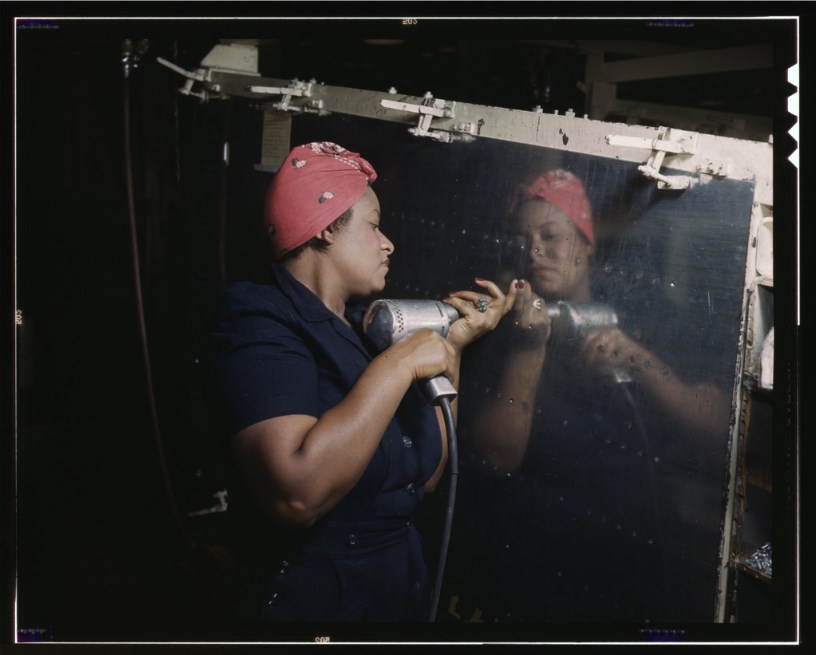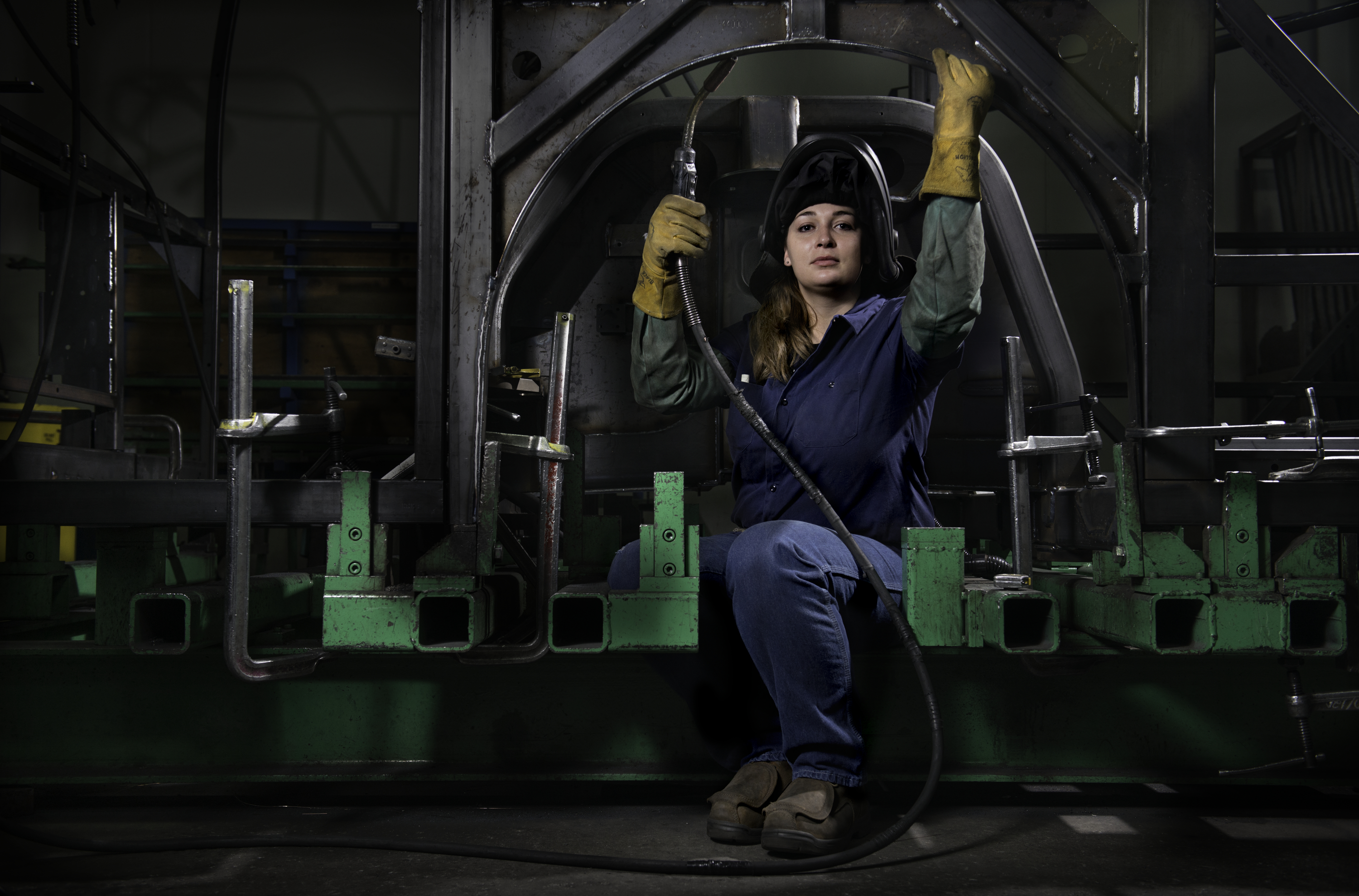
Some 70 years ago, the song “Rosie the Riveter” crackled over the wireless while a Norman Rockwell illustration of Rosie flexing her bicep popped from the cover of The Saturday Evening Post. By depicting the rivet gun-toting icon on her lunch break, Rockwell hopped aboard the government-fueled propaganda bandwagon that had only one aim: to recruit and train a female workforce capable of churning out munitions, aircraft, tanks, and destroyers for a costly, brutal war that spanned two oceans and three continents. Rosie the Riveter did the job, and an estimated 18 million women left the house for the factory (or shipyard)—giving many the freedom to work outside the home for the very first time.
Today, women are still at war, only now, it’s economic. Never mind that it’s undeclared and unrelenting, and has been ongoing since Rosie’s day, when women seldom earned more than half the wages men commanded while laboring at the same machine. Over time the gap in pay has narrowed, but in manufacturing, more than in any other economic sector, the disparity is glaring—on average a woman earns 74 cents for every dollar a man makes. Gender wage gaps are most commonly found in industries where women are the least represented (as in the manufacturing of railway rolling stock), and yet as revealed by a newly released study from the University Southern California’s Program for Environmental and Regional Equity, “the larger the share of female employment, the lower the wage across all industries.”

In an effort to ease working women out of the economic trenches, the Jobs to Move America coalition and the Los Angeles Alliance for a New Economy have organized the photo exhibit “Women Can Build: Re-Envisioning Rosie,” now through June 19 in the waiting room of downtown Los Angeles’ Union Station at 800 N. Alameda St. Like another ubiquitous World War II icon—the determined-looking Rosie sporting a bandana—Women Can Build seeks to reinforce the notion that nothing is beyond a woman’s touch. The exhibit features the portraits of 15 women involved in some aspect of America’s mass-transportation production boom—“Modern-Day Rosies”—as seen through the eyes of Pulitzer Prize-winning photojournalist Deanne Fitzmaurice. Included in the show are historic images of actual “Rosie the Riveters” found in the Library of Congress and selected by curator Fiona Gardner, who’s a photographer herself and the co-author of Meet Miss Subways: New York’s Beauty Queens 1941-1976.
While Rosie the Riveter has been enlisted once more to lead the charge in breaking gender barriers in a world still dominated by men, the portraits—some shot amid the visual cacophony of heavy machinery as trains, trams, and buses are being built—compile an updated Rosie with a new face and name to match the changing face of America. She’s multicultural and often bilingual—as in the case of Maria Nunes-Rothstein, a riveter on the assembly line at the New Flyer bus factory in St. Cloud, Minnesota. Rosie the Riveter is now Maria the Riveter.

Fitzmaurice, who began her career in the predominately male world of sports photography, nimbly shows the new Rosie to be just as strong and capable as the old, a mix of confidence and grit. Yet the women depicted here are unflinching in their gaze, unafraid to look directly at the camera and challenge the viewer. The new Rosie stares back, sometimes unsmiling, sometimes knowingly, almost as if to say she’s worth a lot more than she’s paid.
This post originally appeared on Capital & Main, a Pacific Standard partner site, as “A New Rosie the Riveter for a New America.”



